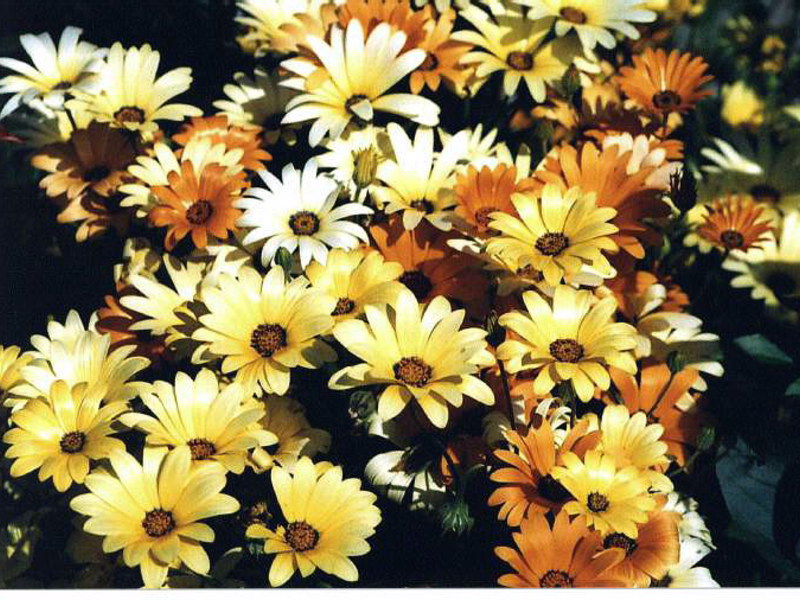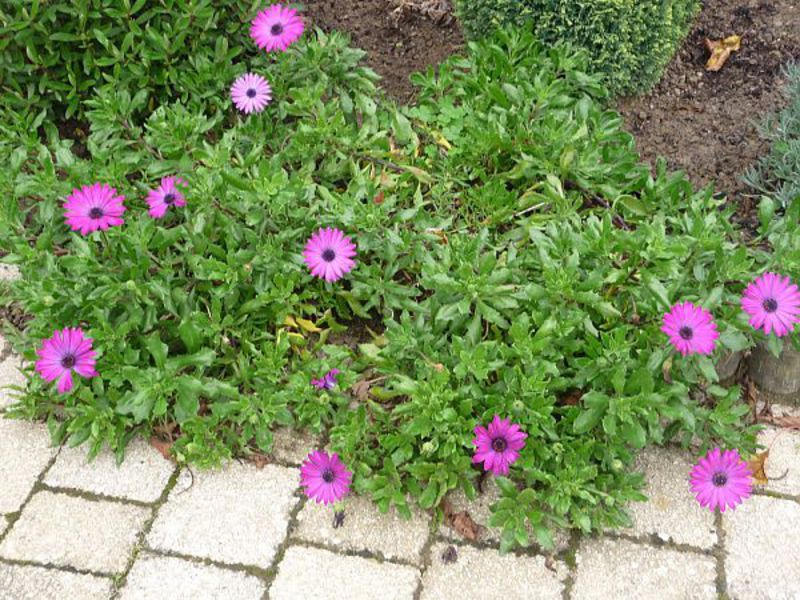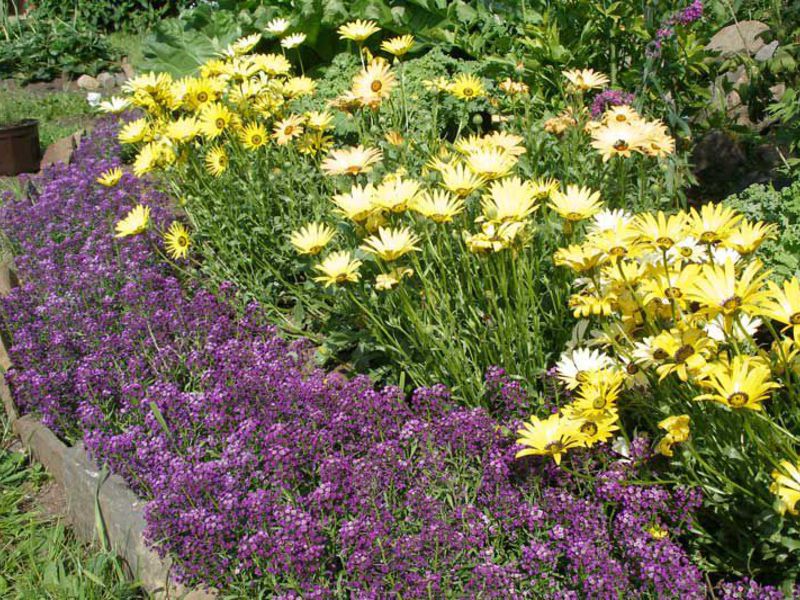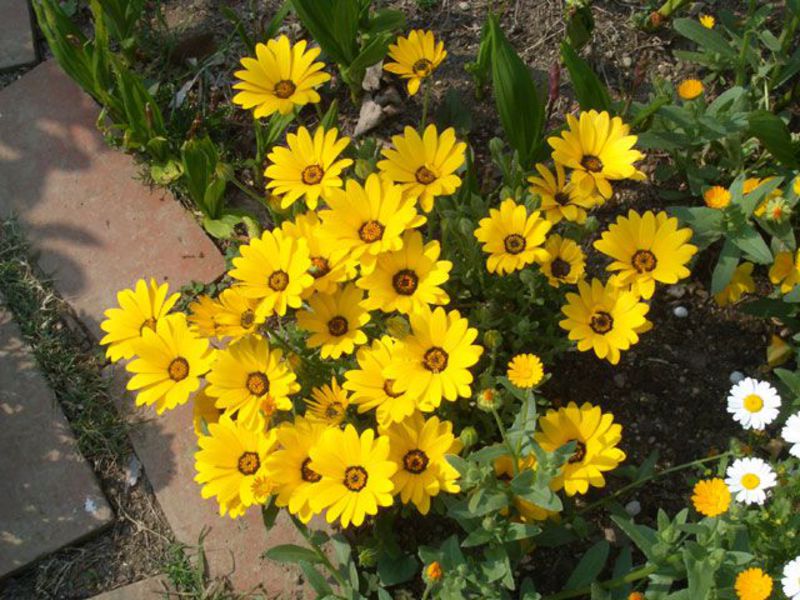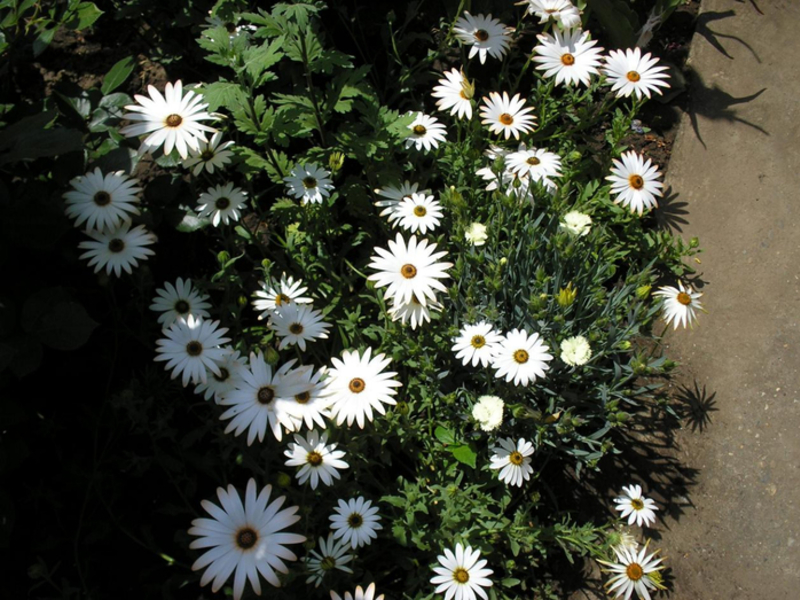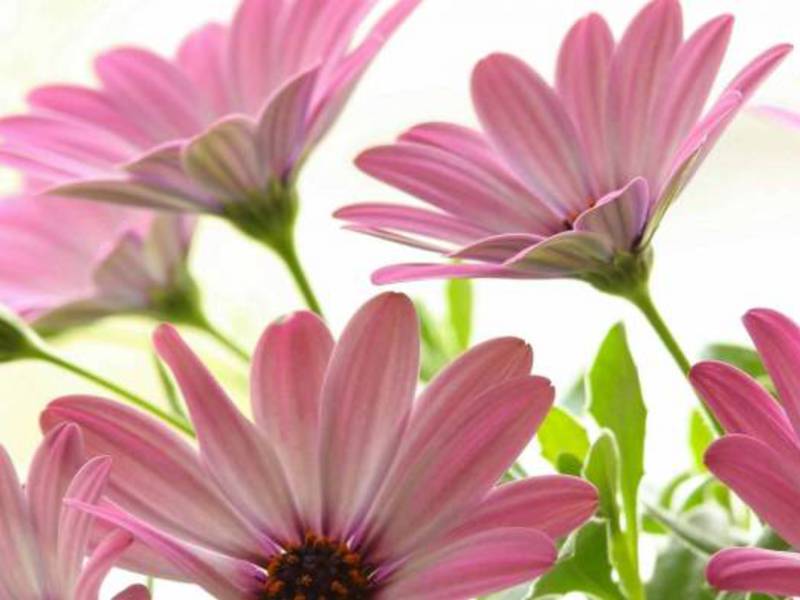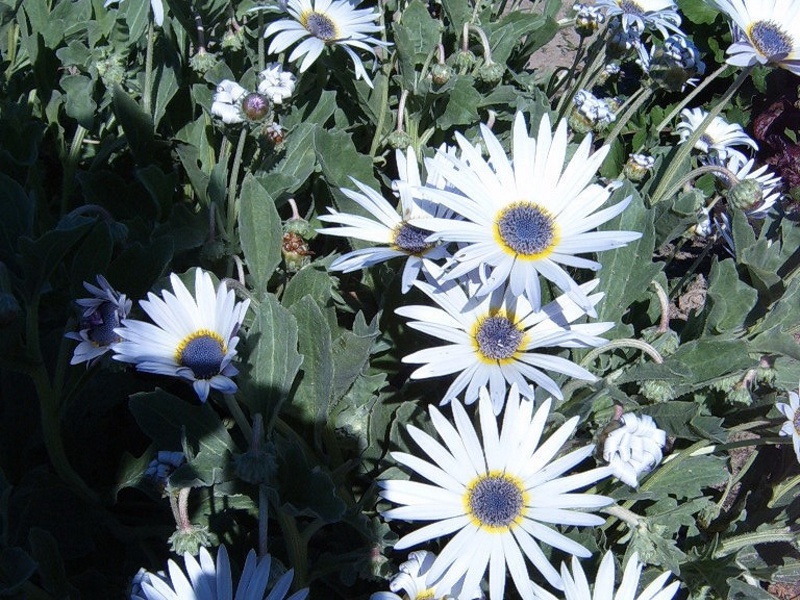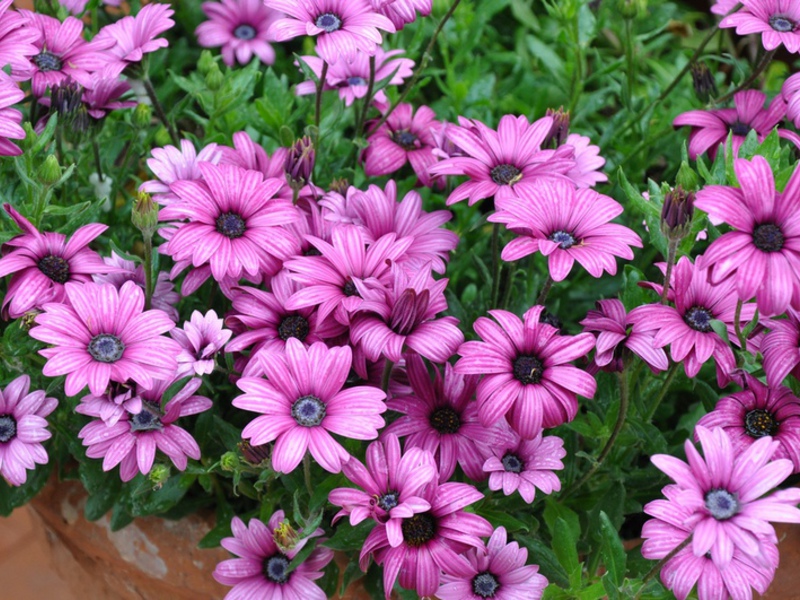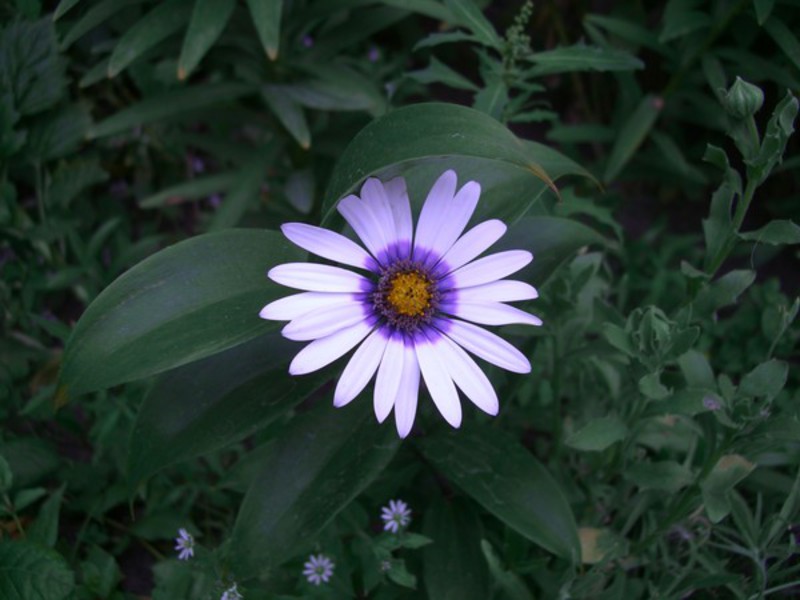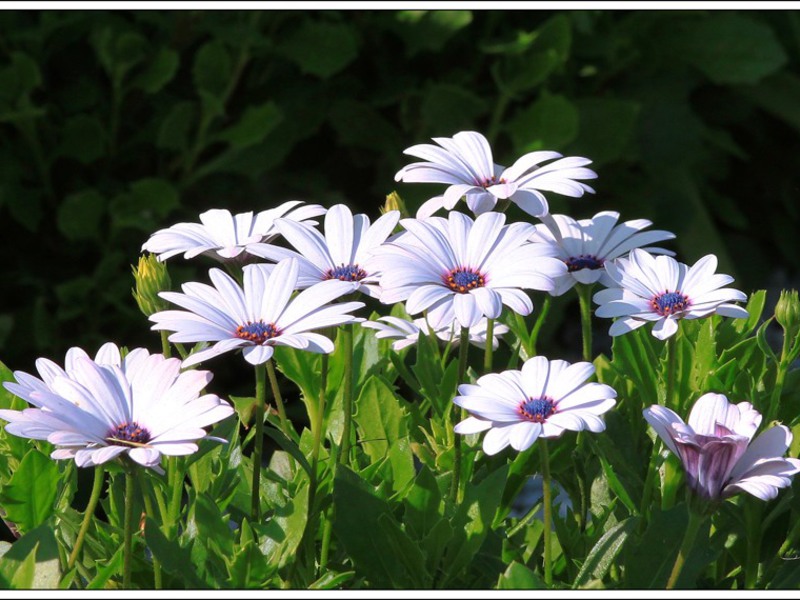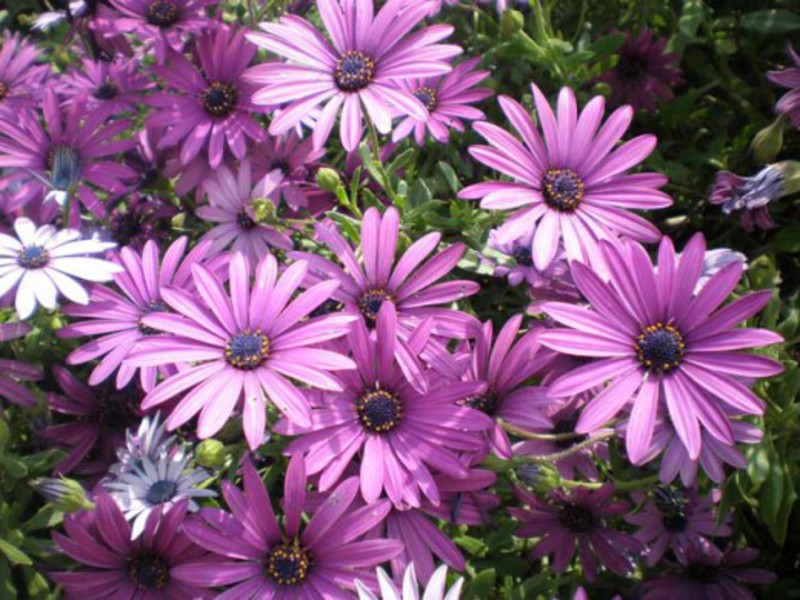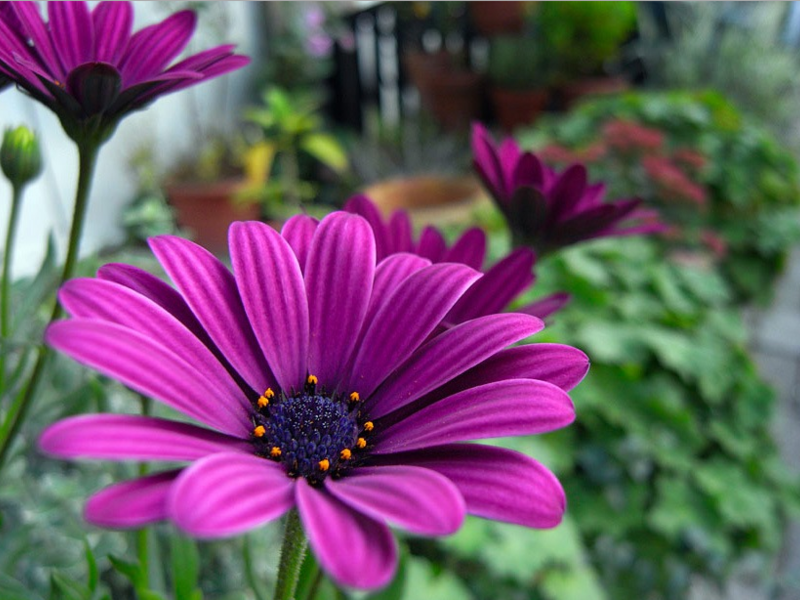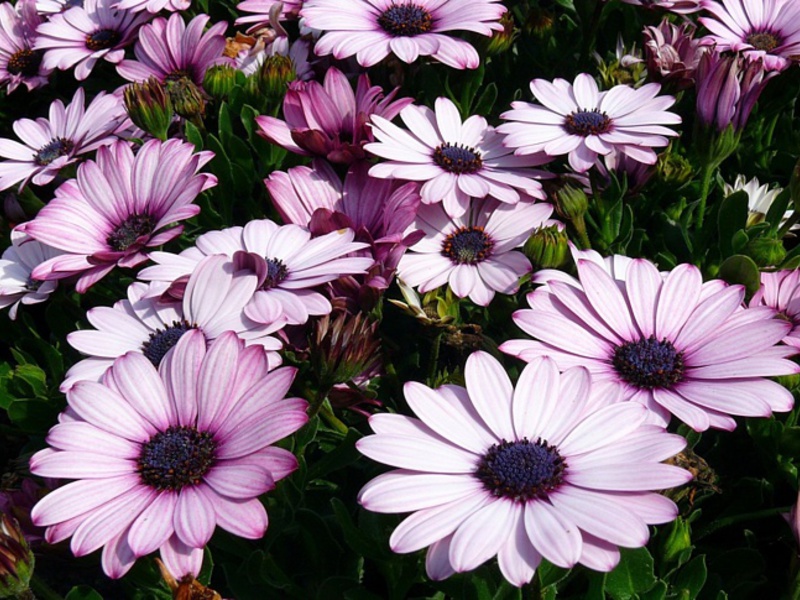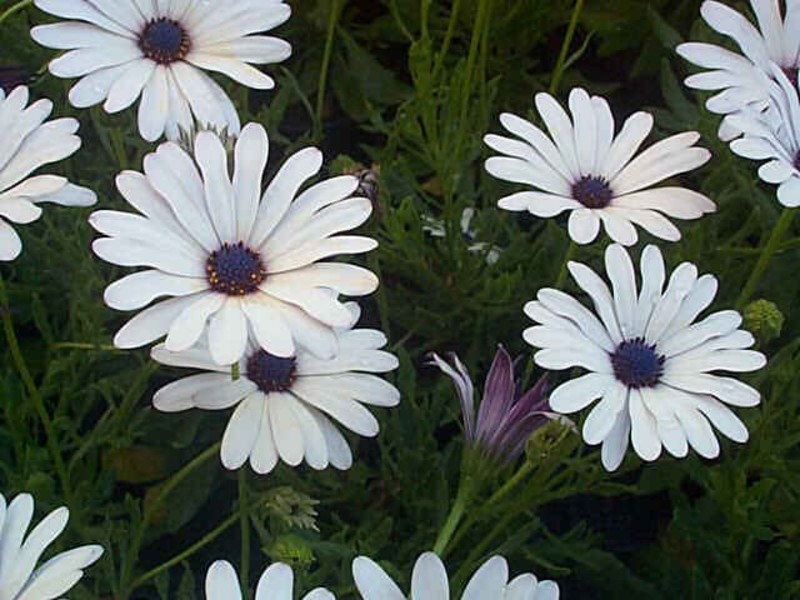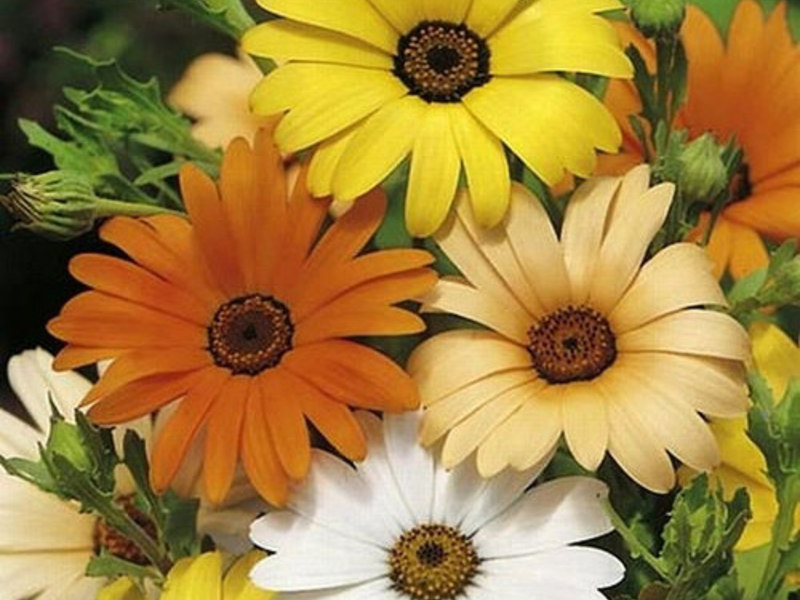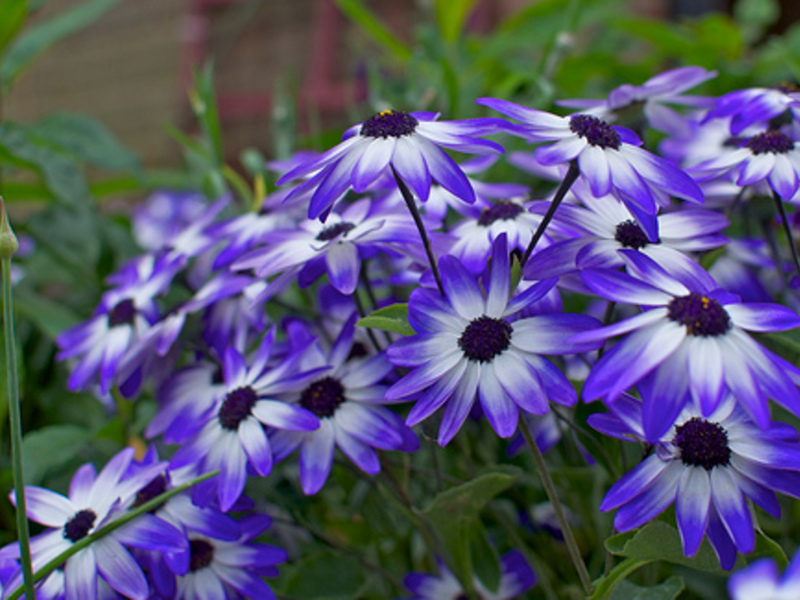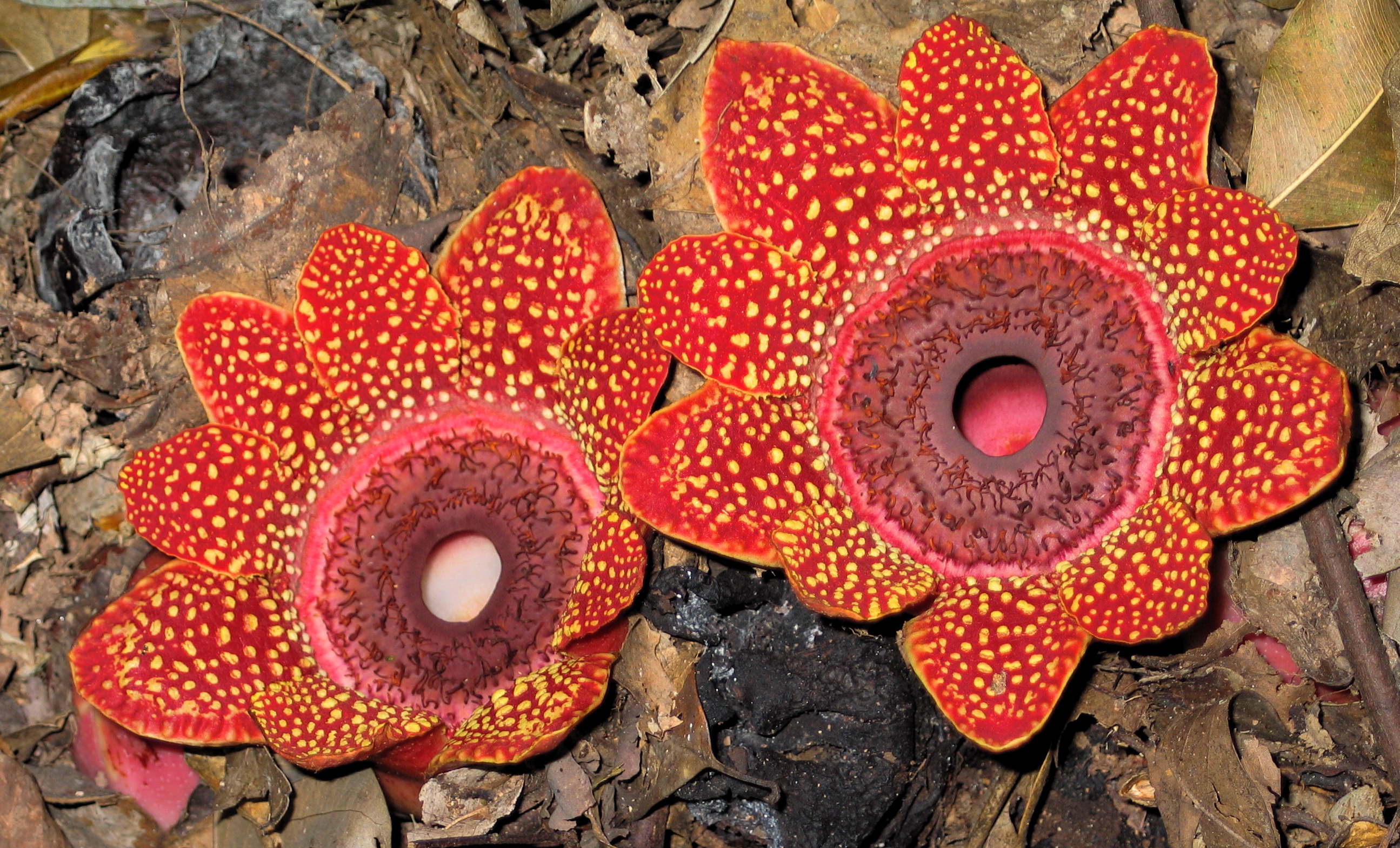Any personal plot or cottage is simply unthinkable without flowers. Bright and pleasantly smelling plants will cheer you and your guests up and bring joy. Modern selection and nature itself makes it possible to decorate the site with a wide variety of flowers. For example, dimorphoteka, or in a simple way - Cape marigolds, a beautiful plant that many will definitely like. It can often be found not only on the plots themselves, but also in window boxes.
But in order for the plant to start delighting you with its flowers, it needs to be grown. Dimorphoteka: growing from seeds is the topic that will be discussed in this article.
A little about the flower itself
Before proceeding with the story of how dimorphoteka is grown from seeds, it is worth getting to know the flower itself and its features. This plant comes from from South Africa... The flower itself appeared in our country relatively recently, but has already become popular among landscape designers.
Dimorphoteka received such distribution because of its attractive features. First, the plant creates an almost solid carpet of small and beautiful flowers. Secondly, the flowering process is very long. Dimorfoteka will delight you from June to the end of August. Plus, caring for the plant doesn't take much of your time.
In total, gardening uses about 20 varieties of this flower, but only a few are the most popular. So, on personal plots and in photos from the Internet you can often find:
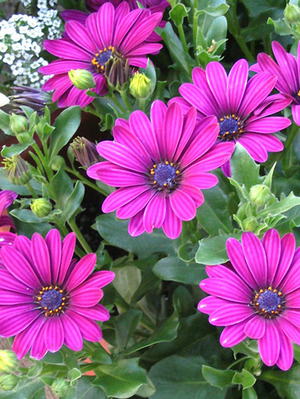 Dimorphotek soaked. The flower got its name because of the peculiar shape of its leaves. The plant itself reaches a height of 30-40 centimeters. Flowers, no more than 7 centimeters in size, create an almost continuous carpet. Inflorescences are yellow-orange. A slight disadvantage of the soaked dimorphote is that the flowers open only in sunny weather;
Dimorphotek soaked. The flower got its name because of the peculiar shape of its leaves. The plant itself reaches a height of 30-40 centimeters. Flowers, no more than 7 centimeters in size, create an almost continuous carpet. Inflorescences are yellow-orange. A slight disadvantage of the soaked dimorphote is that the flowers open only in sunny weather;- A lower version of the dimorphote is its type called - rain. The height of the plant does not even reach 20 cm. Beautiful and large flowers have white and cream shades on top, and purple below;
- Tetra Goliath - has large, 10 centimeters or more, flowers. The color of the inflorescences is golden orange. The plant grows as a small bush with long peduncles.
Dimorphoteka can be used as annual, and as a perennial plant... But the flower comes from warm countries, so the first option is most often used.In this case, growing seedlings from seeds (especially in the middle lane) comes out on top.
Growing a flower from seeds
 Dimorphoteka reproduces well with seeds. Moreover, if in the first year you have to buy material for planting, then in the future this will not be necessary. The plant is self-pollinating. At the end of August, boxes with seed rudiments appear in place of flowers. Gradually they darken and fall off. It is necessary to "catch" the moment when the seed boxes are ready to fall off, but they still hold on.
Dimorphoteka reproduces well with seeds. Moreover, if in the first year you have to buy material for planting, then in the future this will not be necessary. The plant is self-pollinating. At the end of August, boxes with seed rudiments appear in place of flowers. Gradually they darken and fall off. It is necessary to "catch" the moment when the seed boxes are ready to fall off, but they still hold on.
Self-collecting provides many benefits. The most important plus is that you can carry out a kind of selection. During the summer, observe the plant, which one grows and blooms best.And at the end of August, collect the seeds of the bush you like.
Reproduction itself can be done in two ways:
- sow seeds directly into the ground;
- use seedlings.
The second method is considered more efficient. If you first grow seedlings from seeds, and then plant them in the ground, then the dimorphote will be healthier. In addition, this method allows you to get flowers in early June.
Sowing seeds for seedlings start in early April... Specially prepared soil is used for planting. The composition of such a mixture includes the following components:
- One piece of turf;
- One piece of sheet soil;
- Two pieces of sand;
- Three parts of humus.
All components are thoroughly mixed and placed in small boxes. The seeds themselves are laid at a shallow depth - about 1-2 centimeters... After sowing, you need to cover the boxes with foil to create a kind of greenhouse. The fact is that a plant from seeds begins to germinate only at a temperature of 13-15 degrees above zero.
After 2-3 weeks, the seeds will sprout. After growing 2-3 leaves, the plants dive, each in a separate container. To do this, you can use standard seedling paper cups with a diameter of at least 6 centimeters.
In order for the dimorphoteca to grow hardy, young plants are hardened. To do this, you can take out the seedling pots to a cool place without drafts. The time of each "procedure" should not exceed one - one and a half hours. Dimorphic seedlings are planted in the ground at the end of May, after setting a reliable positive temperature.
Care
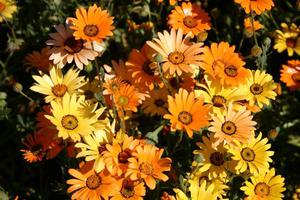 The cultivation of dimorphoteka was discussed in the first part of the article, now it's time to leave. The flower loves light and warmth, it was passed on to her from a distant homeland. Therefore, when choosing places for landing, take a look at the sunny area... It is undesirable that tall plants grow nearby, which can block the flower from salty rays.
The cultivation of dimorphoteka was discussed in the first part of the article, now it's time to leave. The flower loves light and warmth, it was passed on to her from a distant homeland. Therefore, when choosing places for landing, take a look at the sunny area... It is undesirable that tall plants grow nearby, which can block the flower from salty rays.
Grooming itself is not much different from looking after other plants. Periodic weeding, watering at least once every 4 days and fertilizing with mineral fertilizers - this is the minimum set of actions that will turn young dimorphotes into a blooming meadow.
The plant is resistant to diseases, but there is one small peculiarity. Growing this flower can be difficult in humid climates. If it rains often in summer, then dimorphoteka can start root rot... To prevent this from happening, you need to drain the planted area, which will protect the plant from waterlogging.
Conclusion
Decorating your garden plot with dimorphic is an easy task. Anyone can grow this beautiful South African plant. Planting and leaving doesn't take much of your energy. To do this, it is enough to prepare the soil-soil from the necessary ingredients and, after sowing, cover it with a film, to create the desired microclimate... In one and a half to two months, you can grow healthy seedlings, which, after planting in the ground, will turn into a flowering plant that delights you with its beauty throughout most of the summer.
